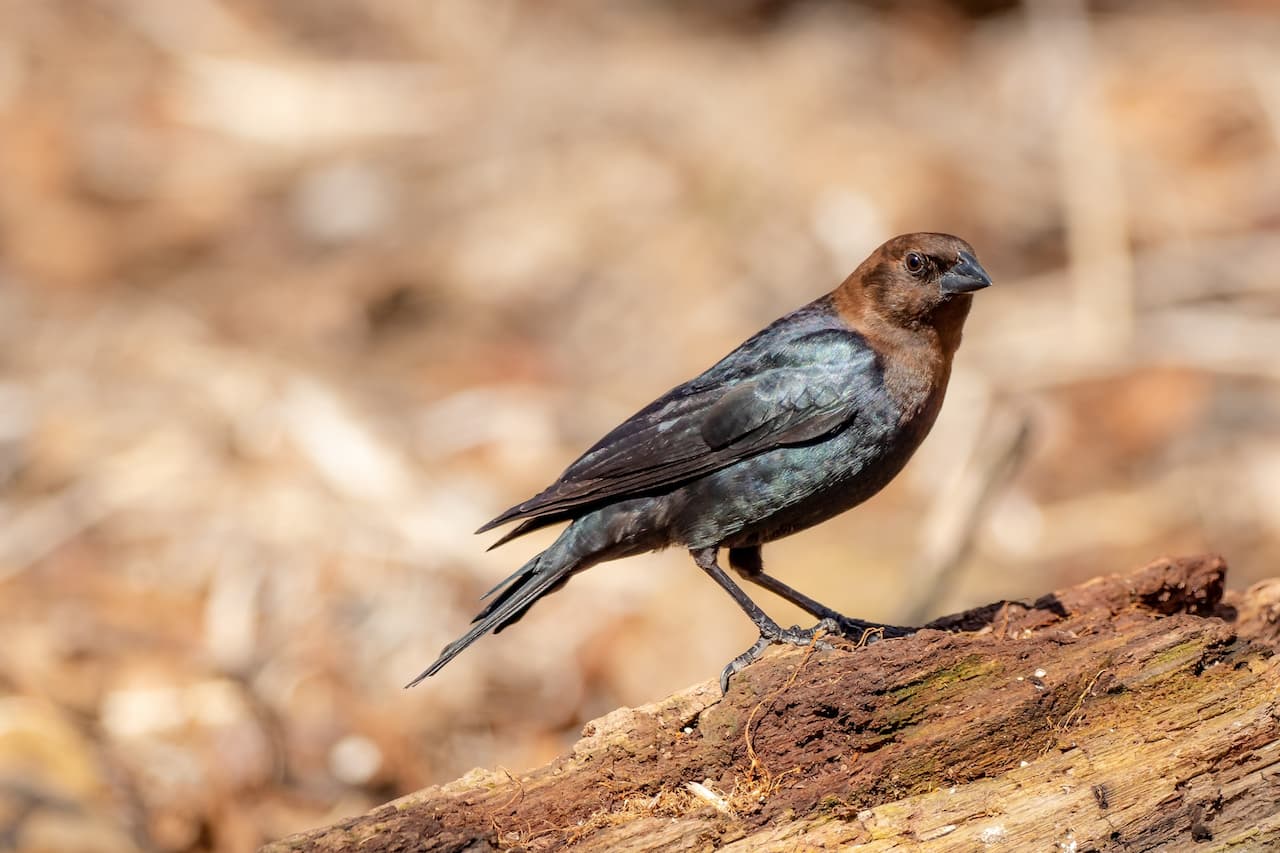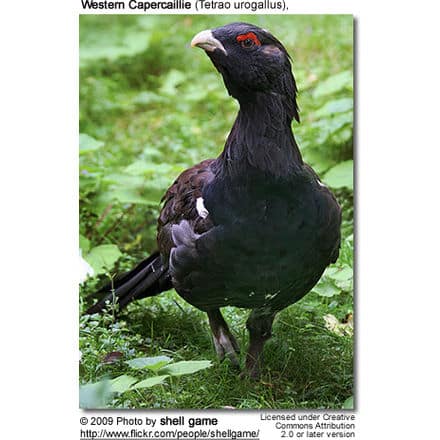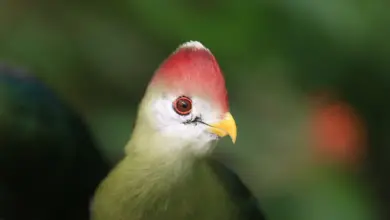Mariana Crow (Corvus kubaryi)
The Mariana Crow (Corvus kubaryi) is a critically endangered crow species that is found in Micronesia, where it is the only naturally occurring corvid crow.
It is also commonly referred to as Guam Crow, Marianas Crow, Micronesian Crow or Kubary’s Crow.
Alternate (Global) Names
Chinese: ???? … Czech: Vrána guamská … Danish: Marianerkrage … Dutch: Marianenkraai … Estonian: mariaani vares … Finnish: Mariaanienvaris … French: Corbeau des Mariannes, Corneille de Guam … German: Guamkrähe … Italian: Cornacchia delle Marianne, Corvo delle Marianne … Japanese: kubariagarasu, kubari-karasu, ???????, ??????? … Norwegian: Guamkråke … Polish: wrona marianska, wrona maria?ska … Russian: ???????? ????? … Slovak: vrana mariánska … Spanish: Cuervo de las Marianas … Swedish: Marianerkråka
Distribution / Range
The Mariana Crow occurs naturally on the islands of Rota and at the northern end of Guam. Both islands are part of the Northern Marianas Islands located in the north-western Pacific Ocean of the western Pacific. Other than a few re-introduced birds, the Mariana Crow is now considered effectively extinct on Guam.
They are found in various forest habitats, including coastal strand vegetation, as well as mature and secondary forests. Their preferred habitat is the native limestone forest which they tend to nest in.
The Mariana Crows are shyer than most crow species and typically remain well-concealed amongst the foliage. They form small family groups consisting of the pair and one to three offspring. Occasionally, large social flocks form.
Description
This medium-sized crow is about the size of a pigeon. It measures about 15 inches (38 cm) and weighs about 9 ounces (250 grams).
The upper plumage is black with a slight greenish-black gloss on the head; the back, wings, and tail are bluish-black glossed. The underplumage is has a dull greenish-black gloss.
The bases of the feathers are light greyish, almost completely white on the neck, giving it a somewhat ragged appearance. During the molting season, in particular, the grey feather bases become visible; and the head becomes lighter.
The slender bill is black with short nasal bristles extending over the nostrils and base of the culmen. The eyes are dark brown. The legs and feet are black.
Males and females look alike, except the female is usually smaller in size.
Immature birds resemble the adults, except their plumage is less glossy; their wings and tails have a brown hue. The lower bill near the base has pink-tan markings.
Similar Species:
- The Mariana Crow looks similar to other crow species, but can’t be confused with other crows, as it is the only one that naturally occurs in its range.
- The Black Drongos are slimmer and much smaller in size. They have red eyes and forked tails.
- The Micronesian Starlings are much smaller and have golden-yellow eyes.
Calls / Vocalizations
Their calls are described as a loud kaaa-ah.
Diet / Feeding
The Mariana Crows forage in the canopy, the understory, and, occasionally, on the ground. They consume a wide range of food items, including fruits, seeds, buds, hermit crabs, small lizards, immature mammals, bird eggs, and arthropods.
Breeding / Nesting
The Mariana Crows reach reproductive age when they are 2 – 3 years old. They are monogamous, forming lifelong pair bonds. On the island of Rota, they may nest throughout the year, but most nesting activities are observed from August to February. On Guam, breeding has been recorded between October and mid-April.
They are believed to exclusively nest in native limestone forests. The nest is a large, cupped platform consisting of small sticks and lined with leaf fibers. The nest construction takes about one week.
Soon after completion of the nest, about 1 – 4 eggs are laid. The eggs are incubated for about 21 – 23 days. The female takes on most of the incubation duties. The male will only occasionally sit on the eggs; but he will help with the construction of the nest, feeding the brooding female and raising the young. The nestlings will remain in the nest for about 36 – 39 days and the parents will continue to feed them until they are 3 – 18 months old.
Status and conservation
The Mariana Crows were formerly quite common within their native range. Between 1982 and 2004, there was a 93% decline in their numbers and this crow has now come close to extinction. In 2008, only two males were Introduced from Rota) were recorded to still exist in Guam (Berry et al. in lit. 2008). In the same year, only 60 – 82 pairs were believed to have survived in the wild on the island of Rota; and three individuals were kept in captivity.
In Guam, its extreme decline was primarily due to predation by the brown tree snake, which preyed on the eggs and the young. Loss of habitat was also a contributing factor.
On Rota, they were impacted by the loss of habitat, as the forests were being cleared for homestead development, resort and golf-course construction, and agricultural conversion. Additionally, their nests are preyed on by introduced rats, monitor lizards, and feral cats. Competition with the introduced Black Drongo, typhoons, and disease also negatively impacted their numbers.
In 2008, this species was listed as Critically Endangered (CR) on the IUCN Red List, as there are so few birds still in existence that the entire population could easily be wiped out by a single catastrophic event.
Crow Information … Raven Information Page … Photos of Raven Species for Identification




